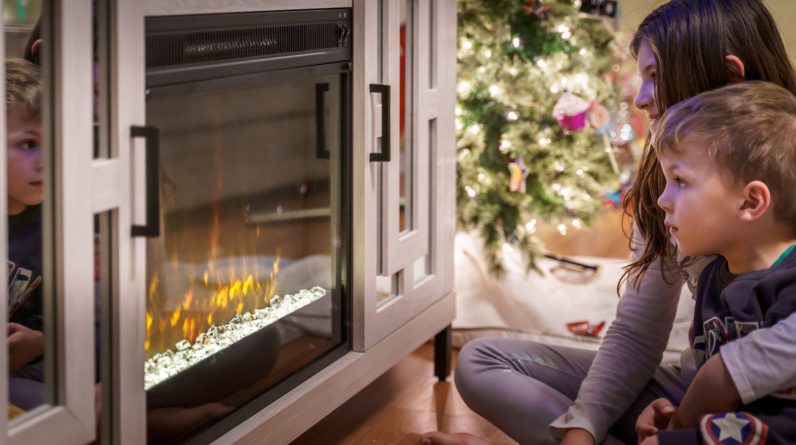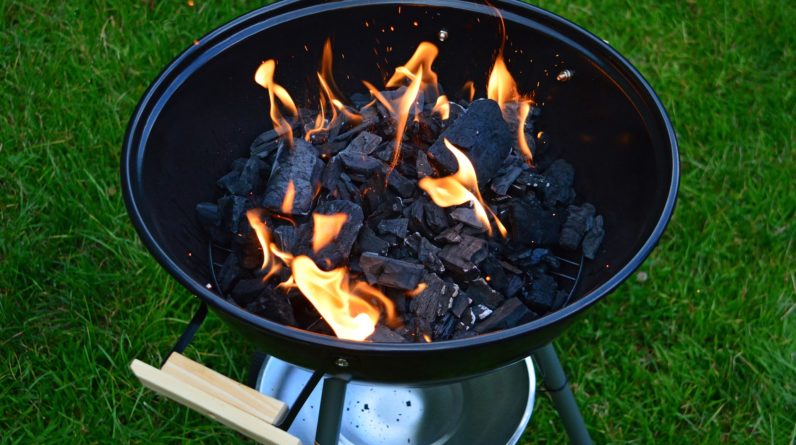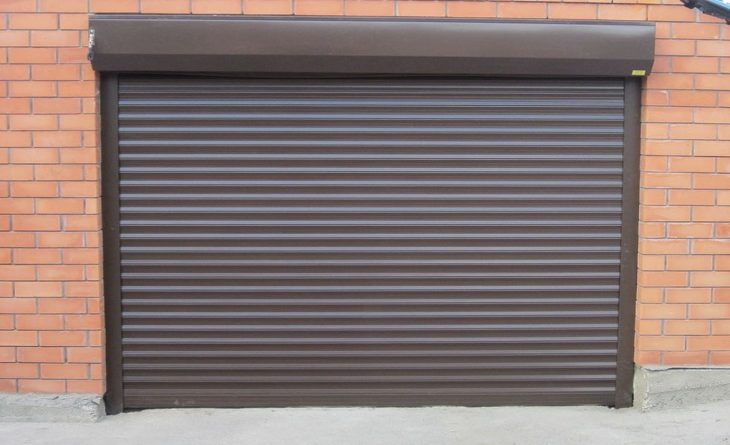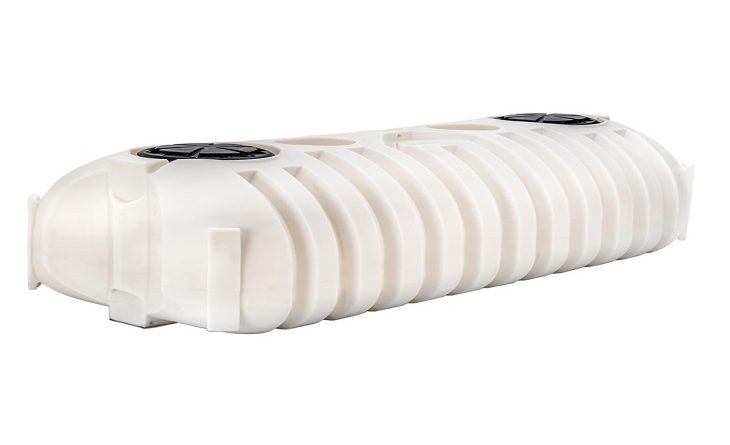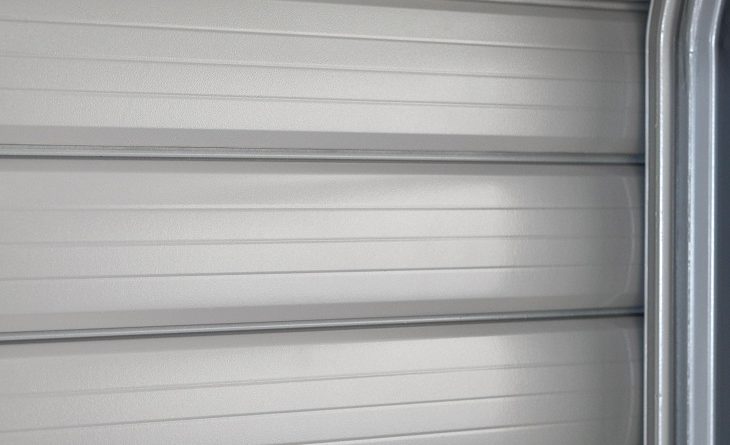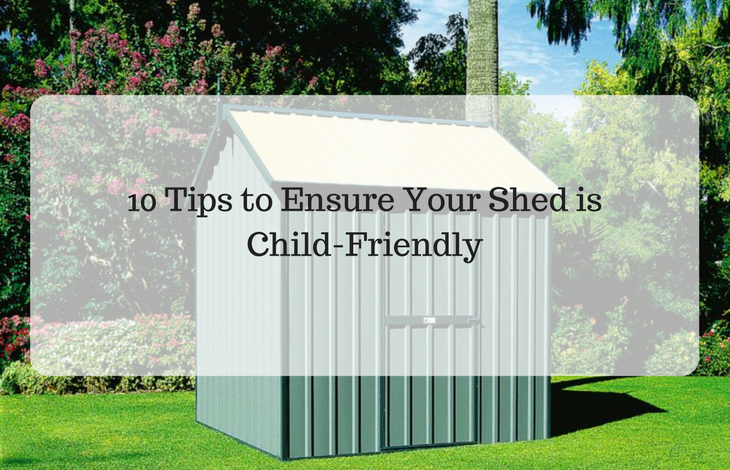
Sheds offer a convenient storage option. They minimise clutter in the main house, and can be used for crafting, woodworking, or even as an additional entertainment space. They also offer a magical place for kids to explore, whether they’re allowed to or not. Since they’re bound to get in there unsupervised, here are a few safety tips you can implement.
1. Anchor your shed
Add stability to your shed, especially on uneven or sloped grounds. You wouldn’t want to have our sheds toppling over, would you? This could be because of the potential damage caused by the high-speed storm winds experienced in Australian tropical northern climates or uneven grounds.
Without sufficient anchoring, the strength and rigidity provided by steel and aluminium will be rendered useless. To anchor your shed, you can either use the auger style anchors which resemble corkscrews and are usually screwed directly into the soil, or concrete anchors where the shed’s metal floor is fastened into the concrete foundation.
2. Install elevated shelves
Keep your child out of harm’s way by storing your long-handled gardening tools out of their reach. Don’t leave your gardening tools lying around on the floor. In the hands of a child, secateurs, pruning saws, rakes and hoes could prove to be quite lethal. On the other hand, a child could also trip over these tools and may cause severe bodily injuries, especially when they are overly playful within the garden shed.
3. Make use of toolboxes
Use a toolbox for storing the smaller tools which may be pointed and sharp or quite small and could easily be ingested. Small bolts, pliers, nippers, shears, screwdrivers, hammers and much more could potentially inflict serious bodily damage upon an untrained hand.
The toolbox can also be used to keep away hazardous chemicals that could be ingested, like glue. However, having a toolbox is not enough. Secure your toolbox by installing strong locks. This will guarantee no access to children who may try to and open the toolbox.
4. Secure the edges
Prevent cuts and bruises that could give way to infections by securing edges around the shed. These include windows, drawers, counters and shelves. This is because it is easy for kids to get scrapes and nicks as they run around the shed. Therefore, install corners and edge bumpers that would cushion anyone who makes contact with them.
5. Secure the door
Protect your child from injuries that may arise from a door that may close unexpectedly. The injuries could arise by your child’s fingers getting crushed between the frame and the door, or the door might hit the unsuspecting child. Apart from this, the door could unexpectedly close and lock your child inside the shed. In their panic, the child may stumble on misplaced objects or hit shelves that could spill heavy tools.
In addition to that, the child may pass out during prolonged stays due to low oxygen levels or unbearable heat. Therefore, secure your doors using doorstops and do ensure that you use high quality, rigid products that will not break under pressure.
6. Provide ample lighting
Ensure that the shed is well lit by providing adequate light in all areas of the shed. The importance of light can’t be stressed enough because, without it, children can cause avoidable accidents such as tripping against objects, spilling hazardous chemicals on themselves, or dropping heavy objects. You can provide ample lighting by installing translucent skylight roofs or installing electric bulbs.
7. Protect your glass surfaces
The glass is brittle and can easily cause damage to your child if not careful. Objects falling on your glass surfaces could cause untold damage especially due to the tiny glass particles that could scrape your child’s skin. To prevent this, reduce the impact of the incident by adding a small trellis on top of the glass or consider using safety glass for all glass surfaces.
8. Ensure proper ventilation
The space in a shed can prove to be too confining and stuffy especially for a child who obviously has a smaller lung capacity than an adult. The air in a poorly ventilated shed could become too thin, and the heat inside can prove to be unbearable.
To avoid instances of dehydration or inadequate oxygen, install ventilation mechanisms to avoid these perils. Install windows if your shed has none and you could also install ventilation outlets higher up the walls to allow proper circulation of air. This way, the shed can become hospitable.
9. Electricity safety conditions
Keep your curious child from sticking foreign objects into plugs or power outlets to avoid the risk of electrocution. Secure unused power outlets by placing plastic inserts which fit properly and cannot be pulled out. Ensure that they are big enough so that they cannot be chewed or swallowed. You can also hide power cords and even put electrical tape over unused plug holes on cables. By taking these measures, you can protect your child from potential danger.
10. Use childproof containers
Children are prone to biting and chewing foreign objects, and some of these objects are hazardous. Swallowing them could lead to choking, and this could potentially lead to suffocation or poisoning. To avoid this, store smaller objects in childproof containers to limit the child’s access to these objects. Furthermore, store these containers on higher shelves, securely locked and out of the child’s reach.
Read Also:
